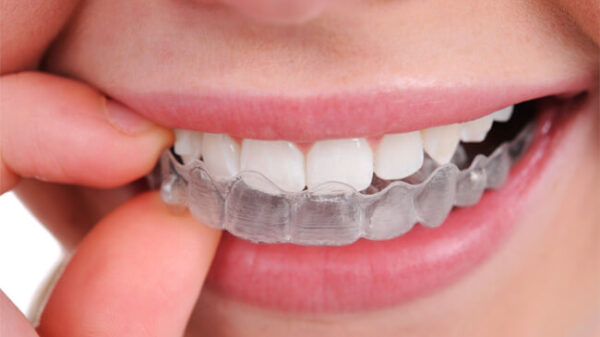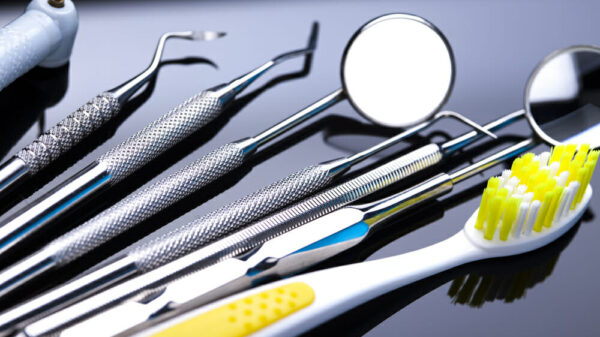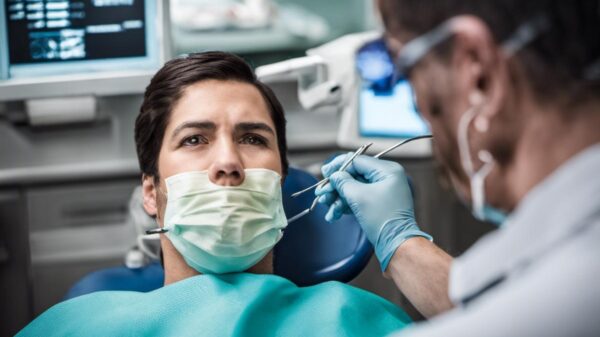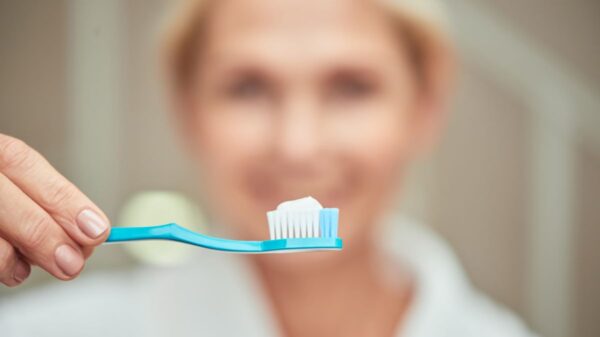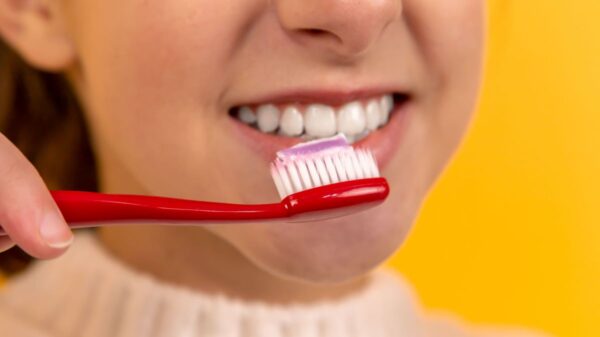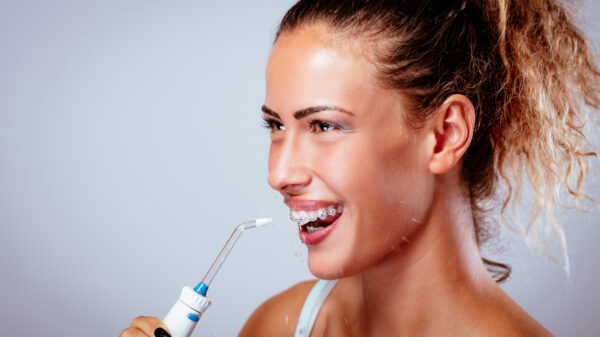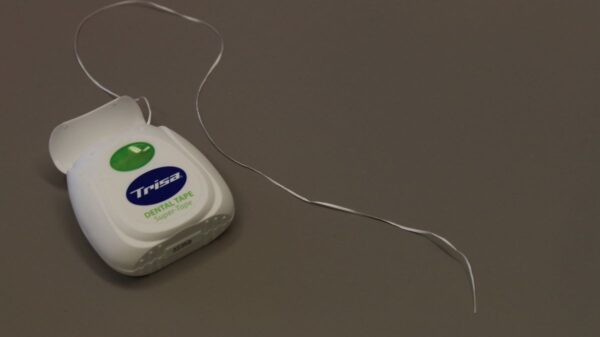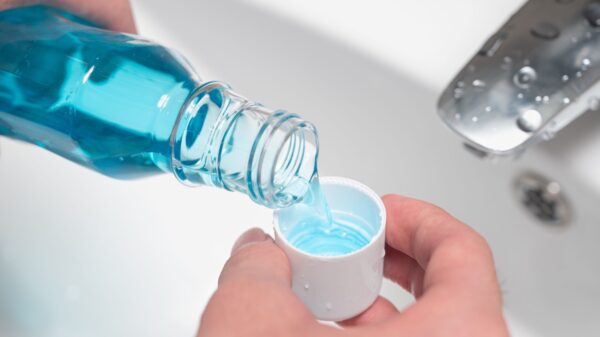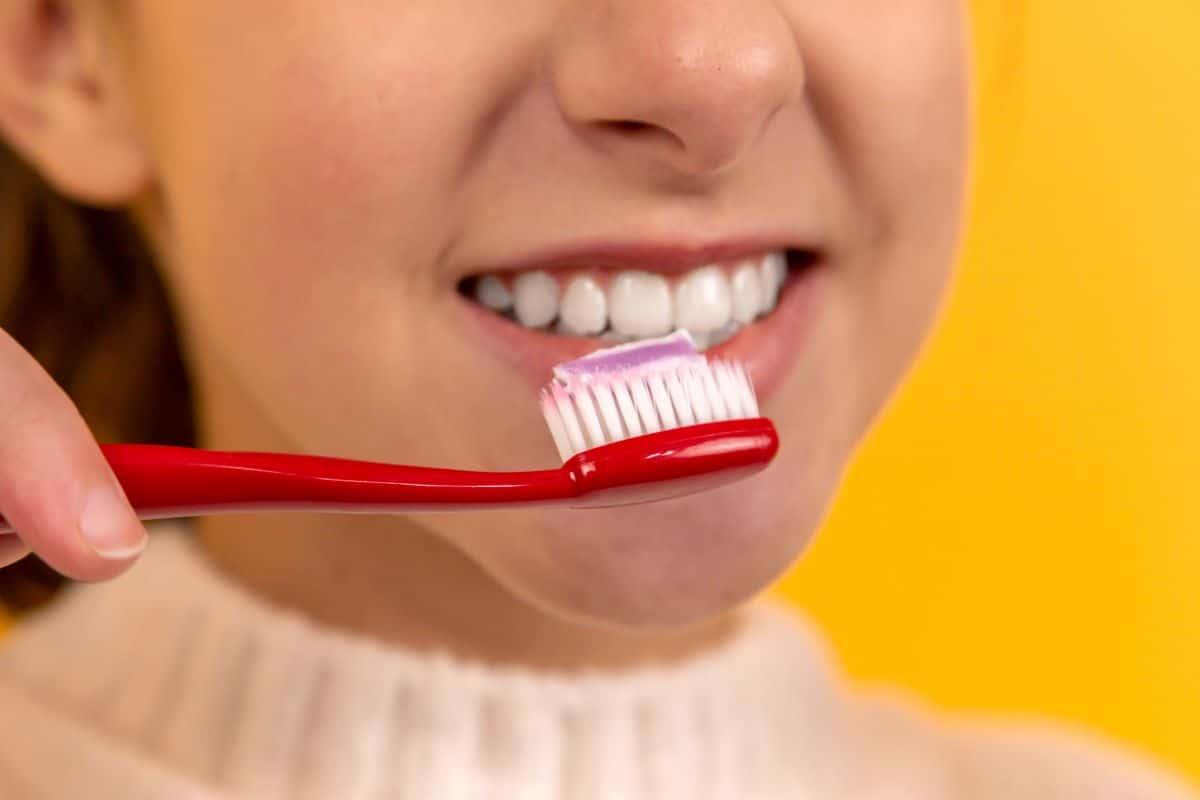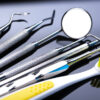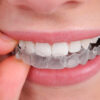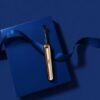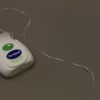When to Replace Your Toothbrush
Proper dental hygiene is important, not only for your oral health but also for your overall health! Problems that you experience with your oral health can lead to other bodily tissues and can become worse over time. In this article, I’ve collected information about how often you should replace a toothbrush and the proper dental hygiene practices you should follow.
So, how often should you replace your toothbrush? Dental experts agree that you should replace your toothbrush every 3-4 months. Keeping track of how long you’ve had your toothbrush is not always the highest thing on our daily priority lists, luckily, some signs will let you know it’s time for a new one. Here are some of the things you should look for that will tell you when it’s time to replace your toothbrush:
- Frayed Bristles
- Hard Bristles
- Dropping Your Toothbrush
- You’ve Been Sick
- Storing Your Toothbrush in a Travel Container
Now that we know what to look for, let’s talk about the tips and tricks that will help you keep track of how long you’ve had your toothbrush.
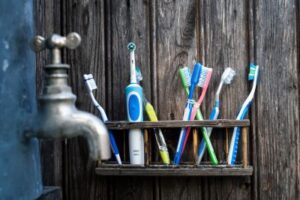
Why Do I Need to Change Out My Toothbrush?
The first line of defense for your teeth, to keep them healthy and protect them against harmful bacteria, tooth decay, and bad breath is brushing. A toothbrush with straight, soft bristles is the best kind to effectively navigate the crevices between your teeth and gums.
Like anything that is being used multiple times a day, your toothbrush will experience normal wear and tear, as well as a buildup of germs.
Over time, the bristles will harden and the toothbrush won’t be as effective at removing plaque and can introduce bacteria back to your system – causing you to become sick or adding other problems.
One way to remember that it is time to change out your toothbrush is to replace it once between dental visits. If you follow proper dental hygiene, you regularly visit your dentist every six months – so simply switch out your toothbrush between appointments and you should avoid ineffective and dirty toothbrushes.
Frayed Bristles on a Toothbrush
Frayed bristles on a toothbrush can be a sign that it has seen better days. Depending on the type of brusher you are, bristles may fray more easily if you tend to brush harder or more aggressively.
This is okay as the shorter bristles near the inner part of the brush will fray more easily, but when you start to notice fraying on the outer edge – you should replace the toothbrush.
If you are someone who brushes hard, be cautious! Even though you may think your mouth feels cleaner, brushing hard or aggressively can cause problems with your enamel. Talk to your local expert dentist if you have questions or see if they have any concerns about your brushing habits.
Hard Bristles on a Toothbrush
Whenever you buy a new toothbrush, the bristles are soft and flexible. These soft, flexible bristles are much better at getting into the nooks and crannies between your teeth and gums, effectively brushing away plaque and bacteria.
Once your toothbrush is exposed to germs in your mouth and the air, the bristles start to harden and become less flexible. As soon as the bristles are no longer flexible, their ability to remove plaque and get into the hard-to-reach places is limited. If you can no longer run your finger over the bristles and feel them move easily – it is time to get a new toothbrush.
One thing to keep in mind: if your toothbrush is relatively new and bristles are already bent or fraying, it could be a sign that you are brushing too hard. This can have the opposite of the desired effect and can cause damage to your tooth’s enamel – talk to your dentists and practice having a “softer touch”.
Dropped Your Toothbrush? Get a New One
Your toothbrush is constantly being exposed to germs. If your toothbrush has been touched by someone else, used by someone else, been dropped, or touched an unclean surface – replace it as soon as possible.
A clean, soft, flexible toothbrush is not only important to your dental health, but it’s also important to your overall health. You don’t want to be putting more germs into your mouth and body, so be sure to take care of your toothbrush.
One great way to make sure you always have a clean toothbrush is to buy a bulk pack and store them just in case something happens: travel, get sick, drop it, etc. – you will have a new, clean one on hand! Your mouth and your dentist will thank you.
Have You Been Sick? Get a New Toothbrush
As we mentioned, your toothbrush is constantly being exposed to germs, both in your mouth and the air. Oftentimes, we don’t think about the germs that collect on our toothbrushes while we are sick, and how continuing to use that toothbrush can reintroduce those germs and continue to make us sick.
If you’ve been sick with a head cold or the flu, you don’t want to keep putting those germs back in your mouth. By keeping a pack of toothbrushes on hand in case of emergencies, like sickness, dropping one, traveling, etc. you will likely have an easier time remembering to replace yours after being sick.
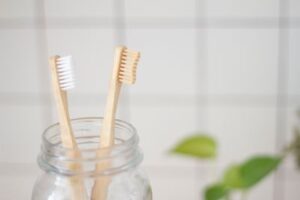
Storing Your Toothbrush Wrong
Storing your toothbrush doesn’t seem like a big deal or that it’s very difficult, but how you store it can shorten the lifespan and lower its effectiveness. When you keep a toothbrush in a closed air/container, it can be an inviting environment for leftover bacteria to grow and stick around.
The warm, moist environment is an ideal place for bacteria to grow, and it makes it more difficult for the brush to dry out after being used. While it’s okay for traveling, be sure to keep a new toothbrush on hand at home so that you can replace it quickly!
When you are home, try to store your toothbrush in an open-air area. Whether you keep it on the counter or hidden away – make sure it has room to breathe and dry. The bristles need to dry out to avoid unwanted bacteria growth and expand the brush’s lifespan.
Take Care of Your Toothbrush
Though they aren’t the most expensive hygiene items, taking proper care of your toothbrush can make it last longer and save you money. Don’t share your toothbrush with anyone else, store it in an open area to allow for drying out, and rinse the toothbrush after brushing with tap water.
Using an old toothbrush introduces bacteria to your mouth and leaves behind plaque that is hard to reach. Brushing too hard can potentially damage your tooth’s enamel, which can’t be replaced. So, when it comes to brushing and taking care of your toothbrush, keep in mind “not too much, not too little.”
What Is Proper Dental Hygiene?
Following proper dental hygiene will keep you and your teeth healthy and save you money in the long run. Dentists recommend that you brush your teeth at least twice a day, for two minutes each. You should floss at least twice a day, but ideally after you eat.
Visiting your dentist twice annually, or every six months is also highly recommended. These visits allow your dentist to give you a proper cleaning, take x-rays, and make sure there aren’t any problems that could arise.
The final step in your proper dental hygiene practices is to replace your toothbrush every 3-4 months! Or, if you start to notice hardened, fraying, or stiff bristles. If you regularly follow each of these steps, you should have a happy, healthy, pearly white smile!
Don’t be afraid to go to the dentist if you experience pain or discomfort between visits – it’s better to get it checked early to avoid bigger, more expensive problems down the road. It’s important to make sure that the dentist near you that you go to is one you trust.
Related Questions
Do I Need to Replace My Electric Toothbrush Head?
Yes, you should replace your electric toothbrush head as regularly as you would a regular toothbrush. This means, you should replace it every 3-4 months, after you’ve been sick, or it’s been dropped, etc.
Electric toothbrushes attract all the same germs as normal toothbrushes do; while there’s a chance the head could last a bit longer because of the movement it makes, the signs for replacement are the same. Hard, stiff, frayed bristles should let you know that it’s time for a new toothbrush head.

How Do I Choose the Right Toothbrush?
Choosing the right toothbrush is different for everyone. There are many things to look at when deciding what to get: size, bristle variety, bristle softness, and personal preference. If you prefer one type of toothbrush, you can always ask your dentist if it’s a good choice, or if they recommend a different one for you. Personal preference is often the way to go, as most available toothbrushes are dentist recommended.




